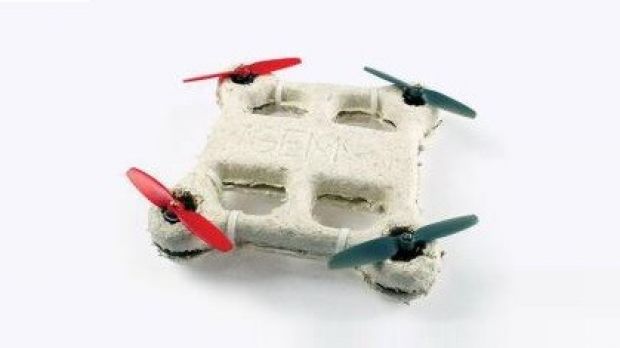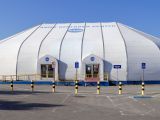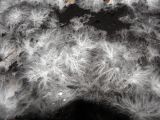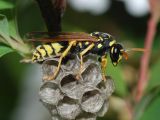When you think of a drone, you probably conjure up in your brain an image of a robotic, metallic/plastic quadcopter.
But what if we told you drones of the future will bring biodegradable properties to the table? The folks at the NASA Ames research center have considered this possibility and they have already completed a prototype of a biodegradable drone mainly made of mushroom material, reports New Scientist.
The device has already completed its first test flight, so the premise is quite a positive one.
Drone-spying could reach new levels
But can you imagine the consequences of such a technology being made available for use? Such unmanned aerial vehicles will be able to fly in remote locations and spy on sensitive areas before melting into the ground.
And the thing is bio-drones will have a slim chance of getting detected, which makes them a little bit scary to be honest.
Anyway, if we’re to by-pass these fears, a biodegradable drone is certainly a very interesting invention, and we’re going to go ahead and tell you a little about how it was build.
For starters, the drone’s chassis is made up of mycelium, a fungal species that can grow in specific forms and shapes.
The mycelium was then covered with sheets of cellulose “leather” grown by bacteria, after which it was coated in a protein that paper wasps use to coat their nests.
This protein was the result of cloning, with the raw material being extracted from the insects’ saliva. What’s more, the drone’s circuits were printed with silver nanoparticle ink to help in the biodegradation process.
Yes, most of the drone is made up of biodegradable material, but that doesn't mean its inventors managed to make it 100% like so.
The device’s propellers and controls still have to rely on good plastic like any other standard drone. So the mushroom drone is not completely undetectable. Although it might be hard to recognize a puddle of mushroom goo plus four brightly colored plastic rotors as a drone.
The team hopes to make the drone 100% biodegradable someday
The team at NASA is actively working to slowly make more parts of the drone biodegradable. For example, they hope the next step seems to be making the drone’s sensor environmental friendly.
So scientists have already started studying how to use E.coli bacteria to achieve this goal. However, there’s a little caveat while bio-drones are concerned which consists of the fear that the quadcopter will start to break down too soon.
Solutions for this problem are currently under investigation.

 14 DAY TRIAL //
14 DAY TRIAL // 


